DURUM LEKKER
Hasta la Pasta, Baby: Here’s how…
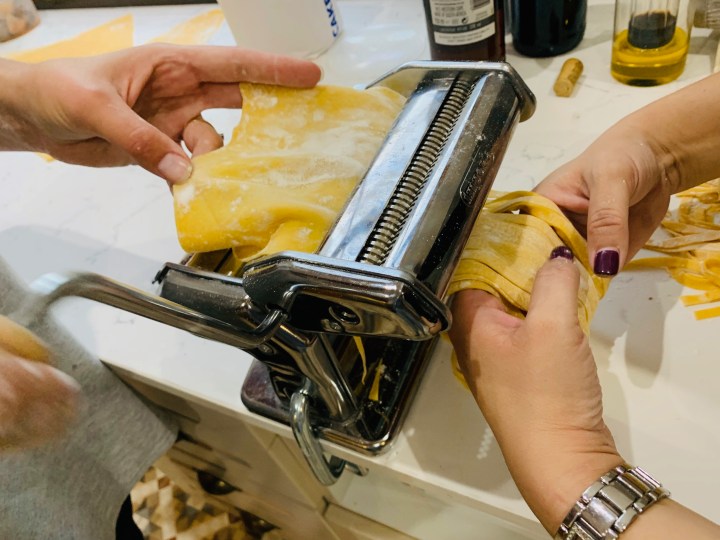
Pasta is more than food porn. It’s a staple of a nation; the go-to for harbour hands, housewives, restaurateurs and the general people of Italy and the world. Hands up if you have a fail-proof pasta dish to make in 15 minutes flat on a crazy week night...
There’s something magical about pasta. The practice of twirling your fork into a bowl of silky sauce in the hope of roping up some slippery pasta strands – and then catching some – supplies endless satisfaction.
It’s unpretentious and messy, with a nostalgic – even romantic – hallmark. Walt Disney captured pasta’s playful nuances perfectly in Lady and the Tramp, and the sensual Ms Sophia Loren glamourised it when she said, “Everything you see, I owe to spaghetti.” In the movie Chef, Scarlett Johansson turns a humble bowl of aglio e olio into a sex symbol when she devours a bowlful.
It’s sexy food, no doubt. The vintage posters donning the walls of Italian restaurants of the world boast busty Italian ladies leaning over their bowls, sensually slurping up the ribbons…
But pasta is more than food porn. It’s a staple of a nation; the go-to for harbour hands, housewives, restaurateurs and the general people of Italy and the world. Hands up if you have a fail-proof pasta dish to make in 15 minutes flat on a crazy week night…
Despite global recognition and Hollywood appearances, it’s essentially a humble dish. Made with the basics of flour and water – or eggs, if you had them. It’s a gluten miracle, and the magic lies with the flour.
Authentic Italian pasta gets its iconic “al dente” qualities not only from the way it’s cooked. It actually starts with the type of wheat used, durum wheat, specifically. This type of wheat differs from typical wheat used for the production of bread and other bakes, in that it’s much harder. It’s also grown, harvested and used exclusively for making pasta.
Although very much Italian, pasta also has ties with South Africa, the Fish River Valley to be specific. The area has the perfect climate and conditions for producing durum wheat. In the early Eighties, many farmers in the area tried their hand at producing durum wheat for the local pasta market.
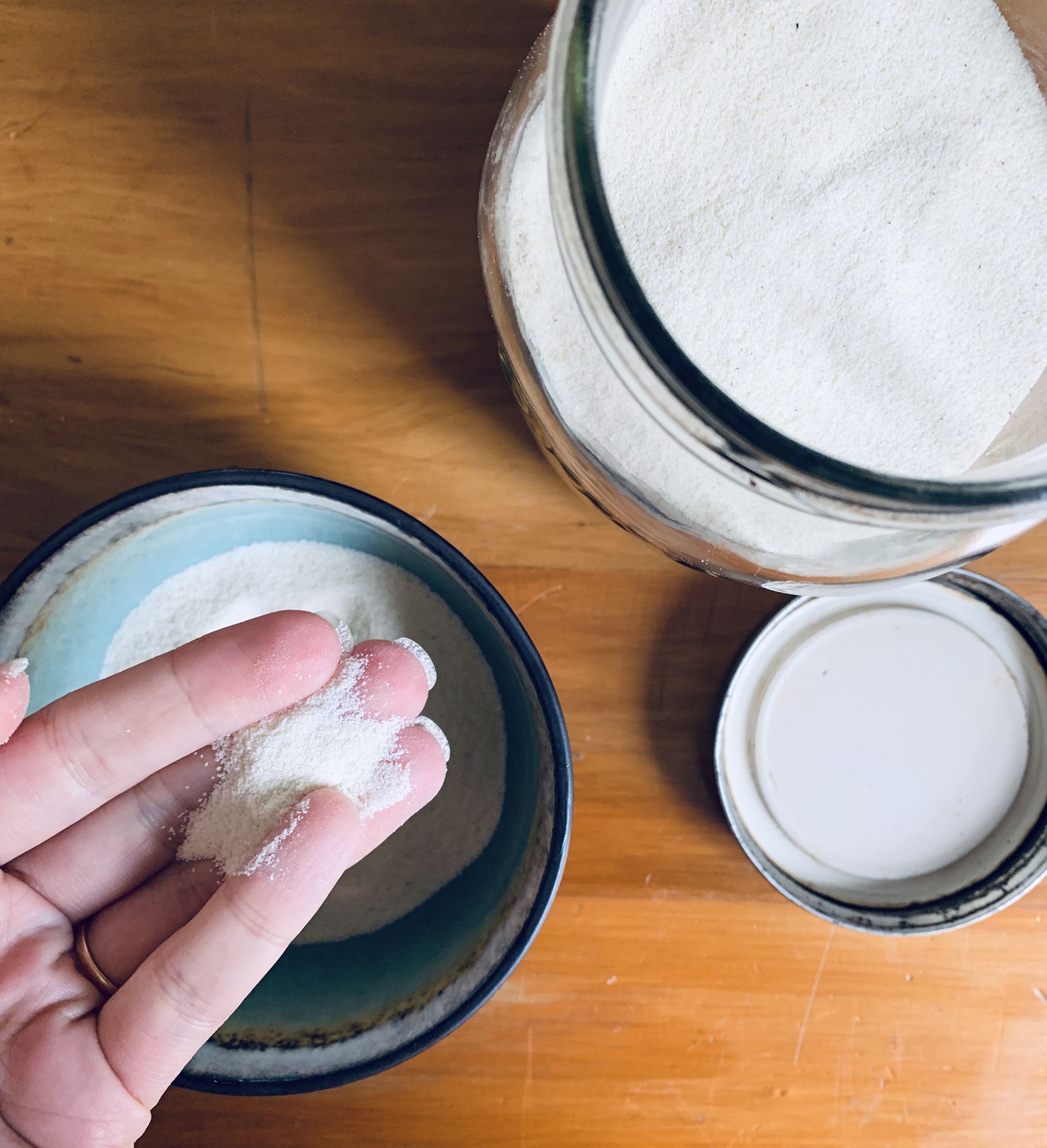
Durum wheat flour, or semolina, has a courser texture compared to normal wheat flour.
However, says Johan du Toit, one of the producers, the local market didn’t justify production.
“Monis & Fattis was the driving force behind this thing,” he remembers. He means Fattis & Monis which, in 1982, was bought by the Tiger Oats company, now known as Tiger Brands. The shift in ownership saw investment in the local market to try to find suitable local durum wheat producers.
“They gave big rewards and prices for highest yields and more,” Johan says. “But the birds were difficult to control. And when the crops got rain after a certain point, they were useless for the pasta industry. In the end, the guys found a cheaper alternative to import.”
Whether the durum wheat available on South African supermarket shelves today has been produced locally is near impossible to tell. There remains only a small percentage of wheat producers in SA growing durum.
But what is durum wheat? It’s sold as semolina and often mistaken for a variety of maize meal, due to the coarse texture. However, when working with semolina, the same qualities of wheat can be detected. Constant movement from kneading develops the natural gluten in the product until the initial texture of the flour is transformed into silky smooth, baby-bottom softness.
Although high in gluten, durum wheat contains less starch than wheat flour. And when cooking pasta, the semolina also maintains its structure… Which brings us back to that “al dente” quality.
When making your own pasta from scratch, the difference in starch quantities can be seen in the clarity of the boiling water. Fresh pasta made with normal wheat flour will leave boiling water murky and full of starch. But when cooking pasta made from durum wheat, the water remains relatively clear.
The science and origin of it all are lovely to know, but better still is the eating of this mid-week marvel. And fresh pasta is in a league of its own compared to the dried product. Plus, it’s a social exercise which turns even the most mundane dinners into an interactive experience.
Floured surfaces mean floured people, essentially, which means guests taking part in and enjoying the dinner party from an inside perspective.
It’s easy to make. Semolina flour, mixed with water and kneaded together, makes for perfect dough. (This type of pasta also dries very well and can be stored in an airtight container for months, by the way.) You can roll out your dough with a roller, but a pasta machine is recommended as these produce even sheets throughout. When using plain wheat flour, the use of eggs in the dough will aid in strengthening it to keep it from turning to a mushy glue when cooked.
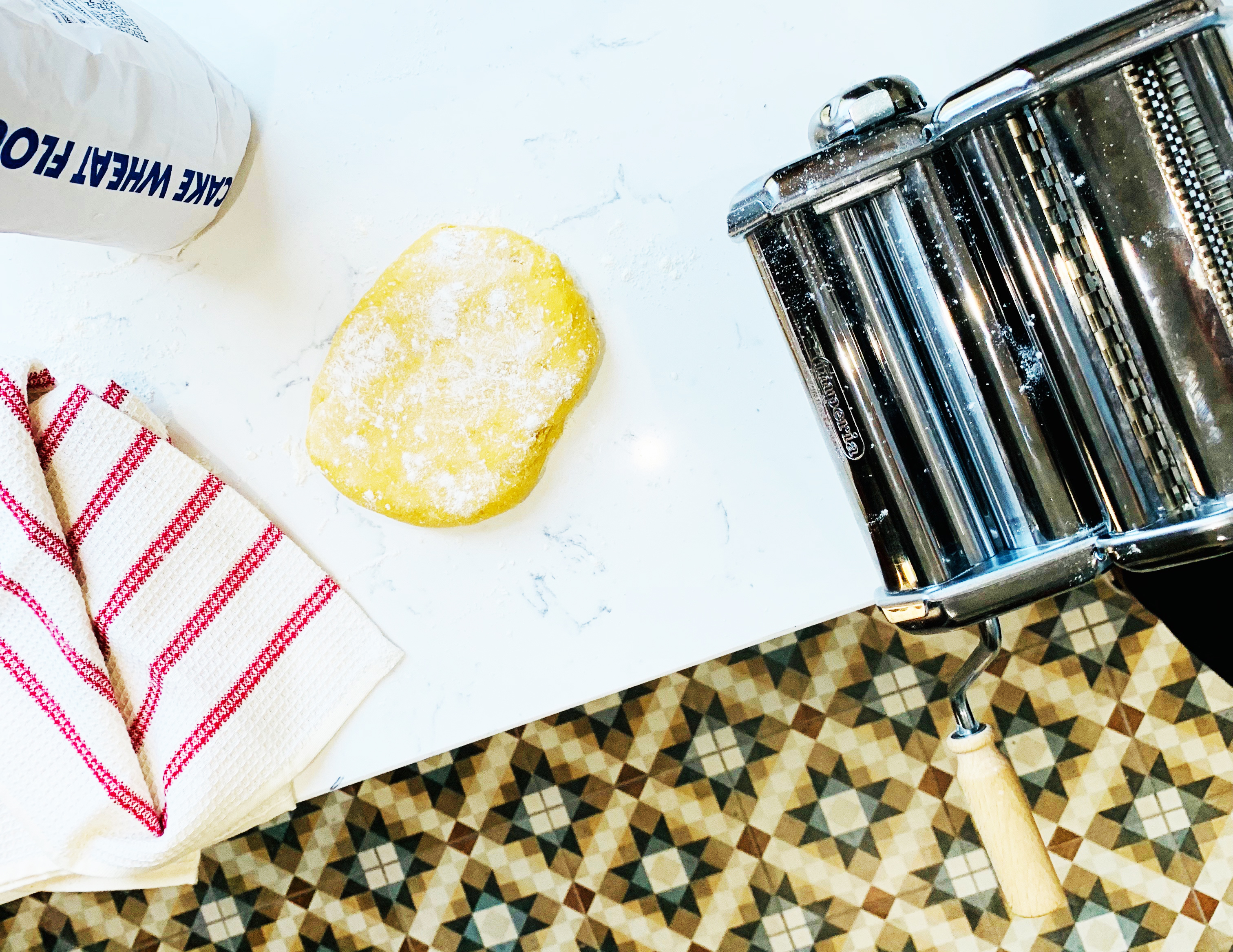
The dough needs to rest for at least 30 minutes before being rolled out or sent through a pasta maker.
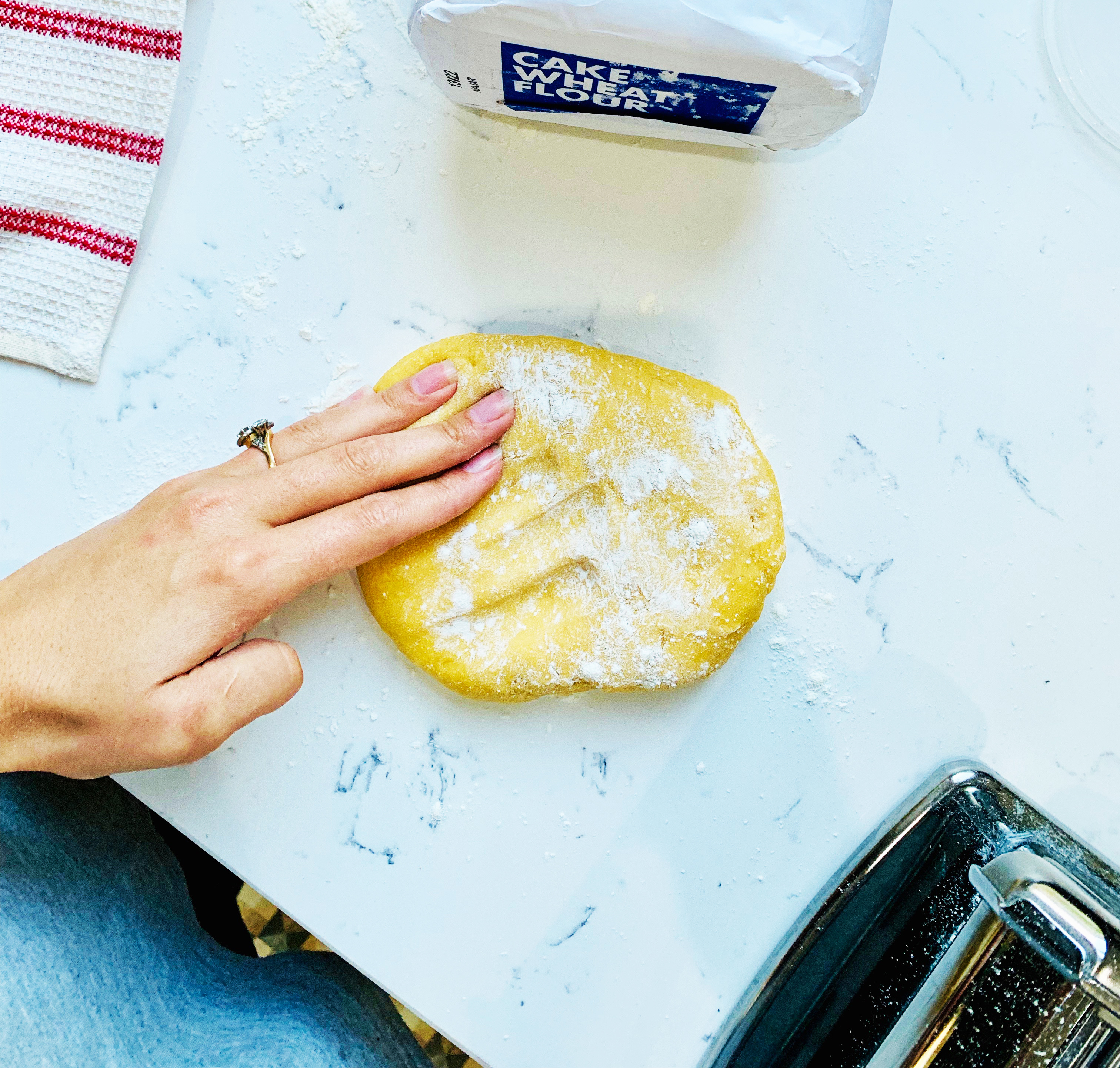
Even though semolina flour has a course texture, the motion of kneading develops the gluten creating a silky-smooth dough.
The cooking of the pasta is very important. According to Italian masters Antonio Carluccio and Gennaro Contaldo from the food series Two Greedy Italians, “Fresh pasta cooks for a minute, no more, while dried pasta like spaghetti can go for about 8 minutes. Most importantly, never wash your pasta under cold water, as this will take away all of the good starch used to bind together the sauce.”
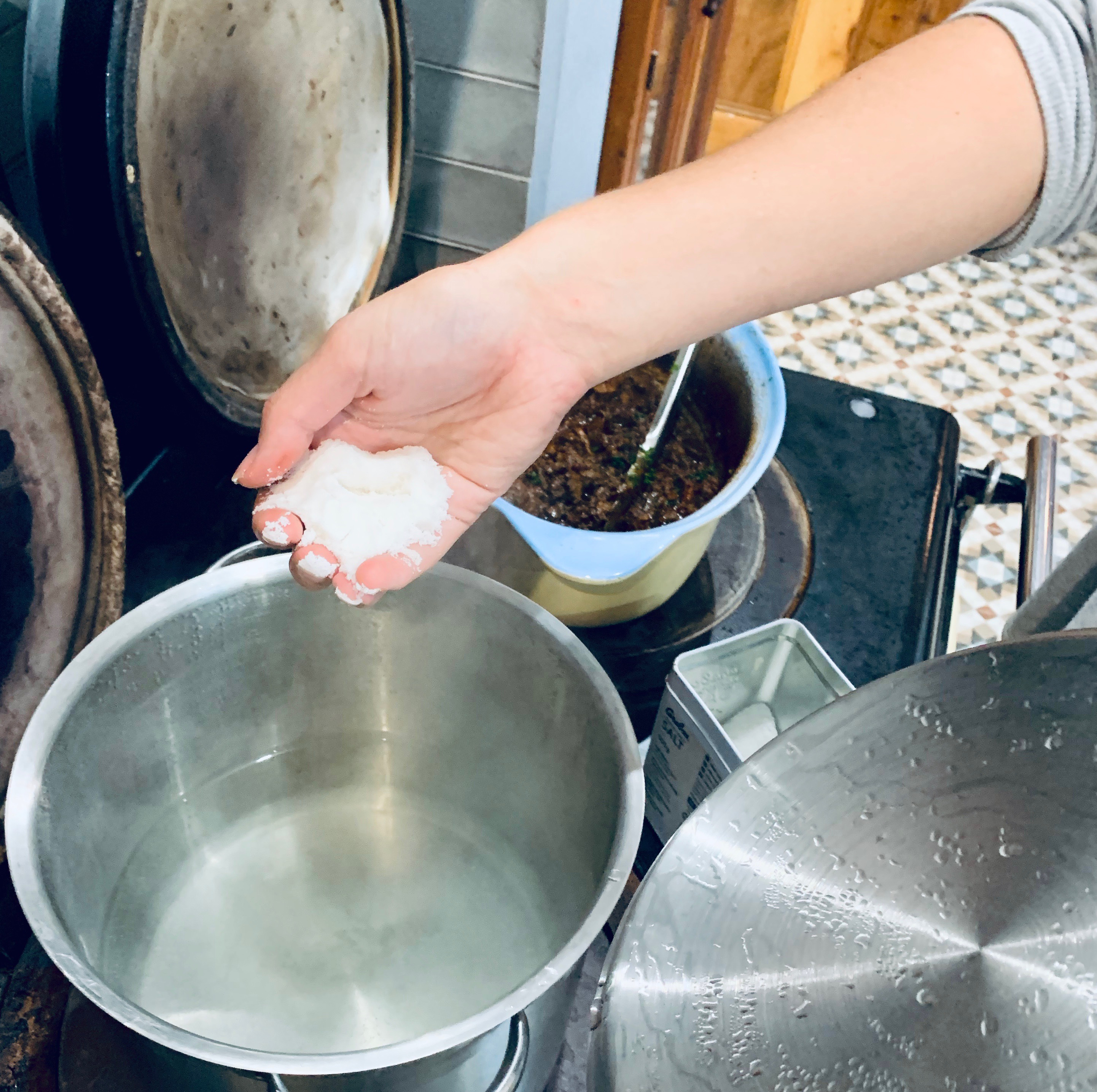
Boiling water for fresh pasta needs to be as salty as the sea to season the dough correctly.
With fresh pasta, the boiling water should be as “salty as the sea” as it only spends a short amount of time in the pot. Less salty for dried pasta.
Eating pasta is an “amalgamation of every possible pleasure”, Antonio says. The sauce, in essence, must celebrate the pasta as the main attraction.
“It’s almost religious. The different kinds of pasta indicate the different regions where they originated and the sauces usually celebrate the available ingredients in these respective areas.”
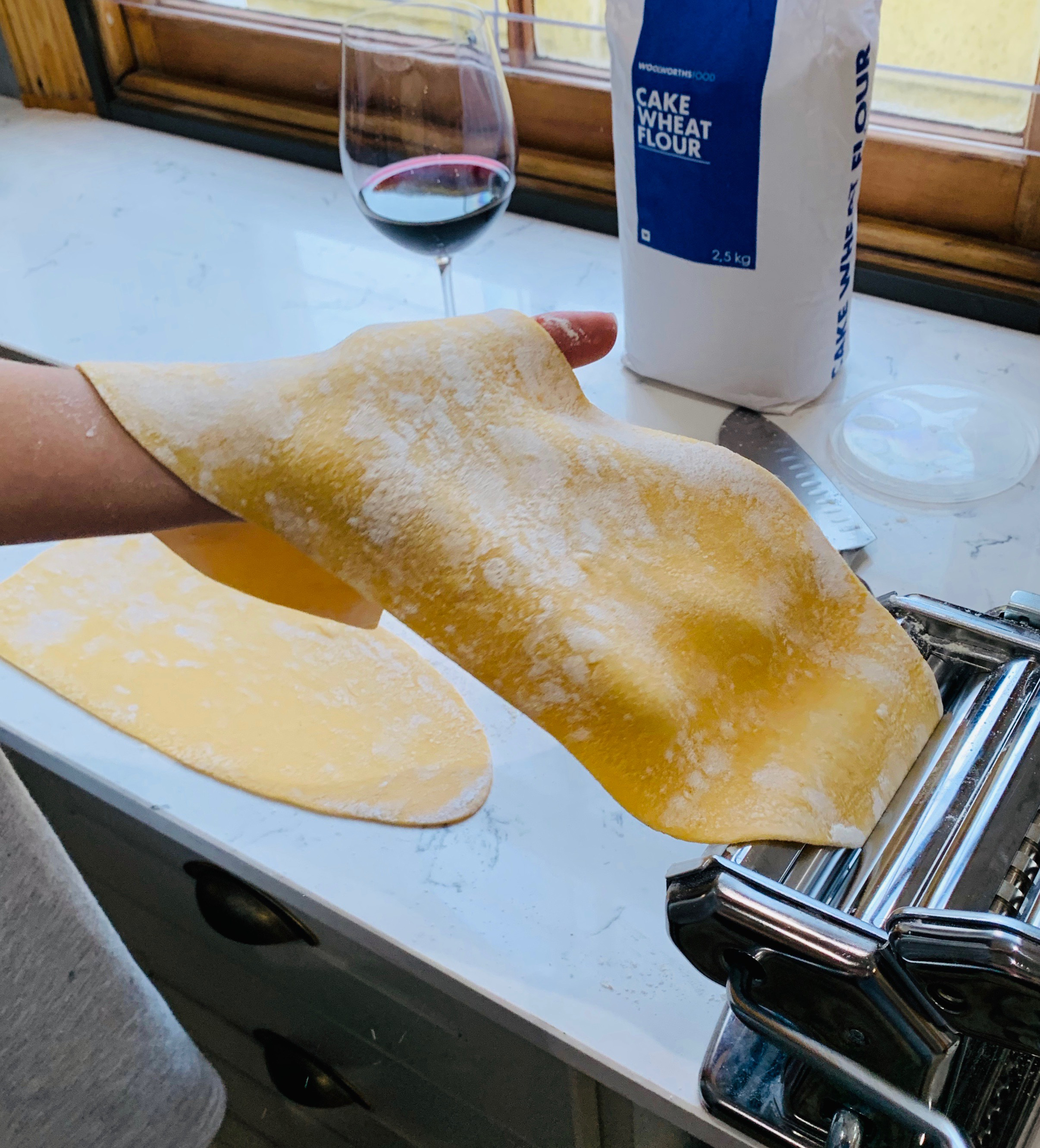
For flat pasta, it’s best to use normal wheat flour during the rolling process as undeveloped semolina will create a pattern on the dough. Normal wheat flour can easily dust off or cook away in the water.
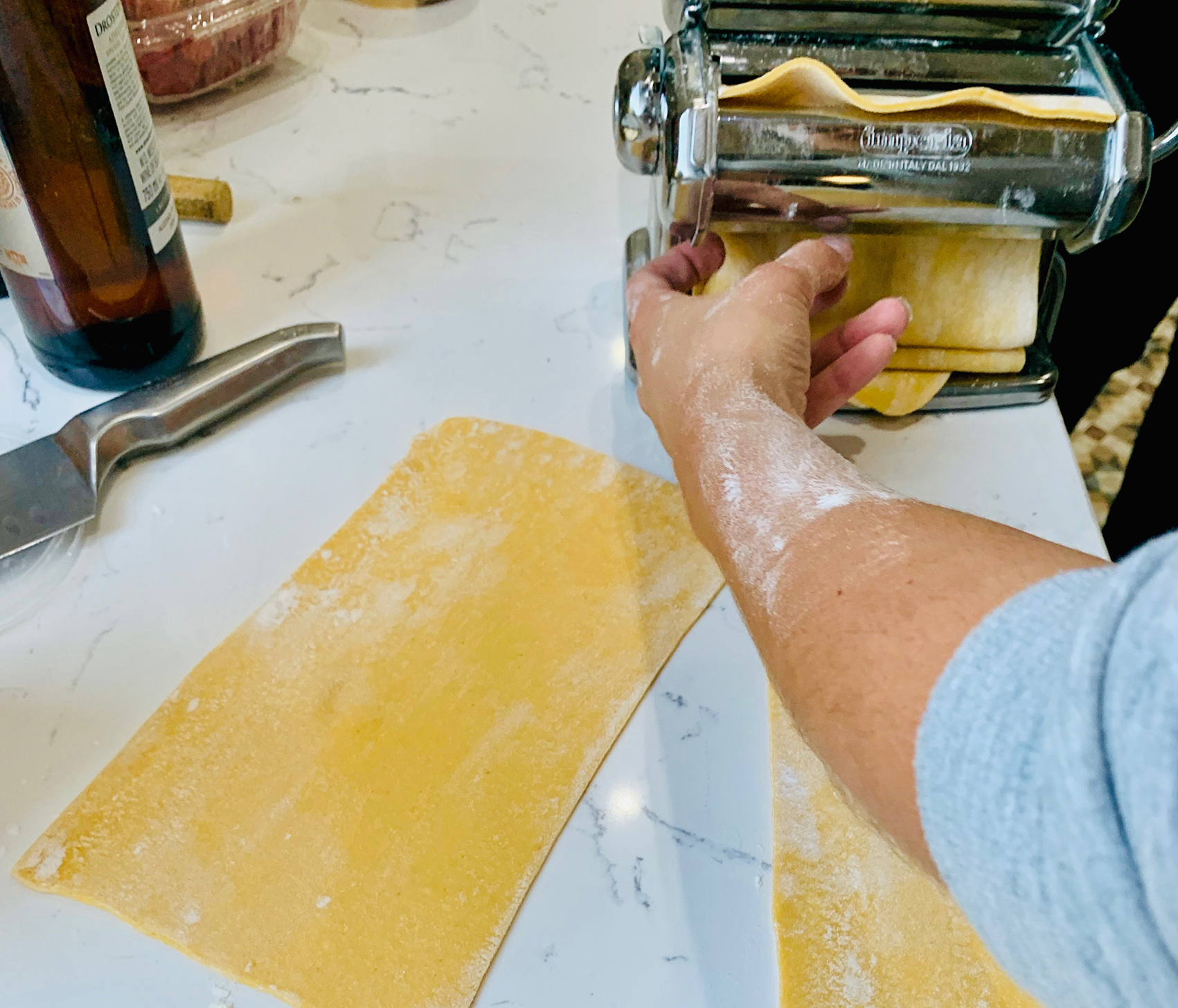
Use lots of flour to ensure the soft pasta does not get stuck in the machine! Even if this means getting flour all over your hands and arms.
There are strict Italian rules indicating which pasta must be eaten with which sauce. Thick ribbons or pappardelle work well for hearty, meaty sauces while curved shells are great for tuna sauces because they act as mini spoons to scoop up the dressing, for example.
In South Africa, we don’t care too much for those rules. However, the cultural indicator typically points to a meaty component. Scarlett Johansson can slurp away lustfully at her aglio e olio all she wants, but it still won’t convince a meat-loving South African to want the same.
If you’re looking to make a fresh pasta recipe to knock the socks off your full-blooded South African man, opt for a sauce with heart.
Fresh Pasta with Beef Shin Stew sauce

Buon appetito: Fresh pasta with slow-cooked beef shin stew, blistered Rosa tomatoes and parmesan.
For the pasta
1 1/2 cup semolina flour
1/2 cup cake wheat flour (plus more for dusting)
3 fresh whole eggs
Knead together until soft and elastic. Rest for at least 30 minutes. Floured surface with cake flour and start rolling out the dough, either by hand or through a pasta machine. Stop at the second last setting for a thicker pasta to match the hearty sauce. Cut into 2cm ribbons for pappardelle or send through the tagliatelle cutter on your pasta machine for finer strands.
For the sauce
2kg beef shin
2 onions
4 cloves fresh garlic
1 chilli
2 bay leaves
2 Tblsp canola oil
1 tin chopped tomatoes
1 cup beef stock
2 Tblsp balsamic vinegar
1 cup water
2 tsp sugar
1 cup parsley, chopped. Plus more, for serving
salt and pepper
parmesan, for serving
grilled baby tomatoes, for serving
Brown the meat on all sides. Then fry onions, garlic, chillies and bay in oil in a heavy-based pot. Add tomatoes, stock, vinegar, water, sugar and seasoning. Cook for at least four hours until the bones can be removed. Cook for another two hours until tender. The consistency should be saucy. You can add more water throughout the cooking process if needed. Add chopped parsley and stir through.
Cook the pasta for one minute. Remove from water and add into the sauce. Add some cooking liquid from the pasta to loosen up the sauce, if needed. Serve immediately with baby tomatoes, parmesan and more chopped parsley. DM



 Become an Insider
Become an Insider